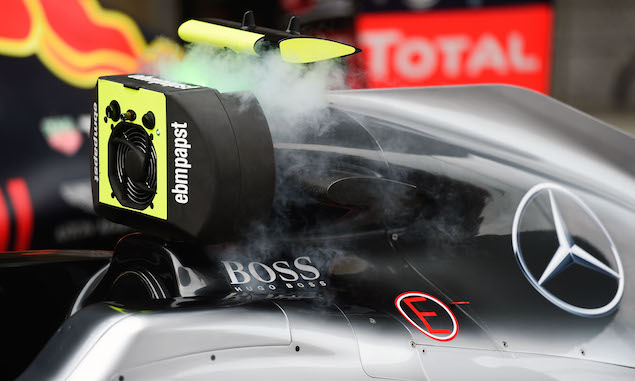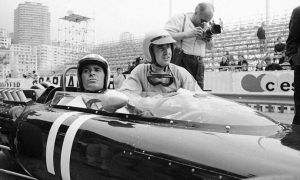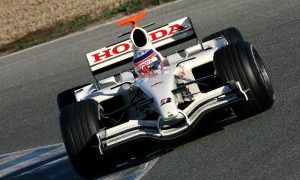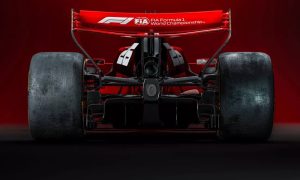
The FIA’s World Motor Sport Council (WMSC) has put forward a series of rule changes for the 2017 Formula One season, which includes the closing of the loophole in the power unit regulations that allows drivers to get big engine penalties at a same event all the while securing extra engine parts.
Current 1.6-litre V6 turbocharged power units are made up of six main components - the internal combustion engine (ICE), MGU-K, MGU-H, energy store (battery), turbocharger, and control electronics.
Each driver can use five of each of the above components during a championship season and any combination of them may be fitted to a car at any one time. The first time a driver uses a sixth of the above six elements a 10-place grid place penalty will be imposed. Every sixth part of the remaining elements used after that point means a five-place grid penalty.
Teams have tended to accumulate penalties during the same grand prix weekend in order to minimise the impact of taking new components. This was for instance the case of Lewis Hamilton in Spa-Francorchamps at the end of summer break.
Following a meeting of the WMSC on Wednesday in Paris, a statement reads that “during any single event, if a driver introduces more than one of a power unit element that is subject to penalty, only the last element fitted may be used at subsequent events without further penalty. This is to prevent the stockpiling of spare power unit elements”.
Another significant change concerns the tyre regulations, as official supplier Pirelli has already mandated the compound allocations for the first five events of the 2017 season.
With wider tyres set to be introduced next year and teams having to pick their compounds before pre-season testing takes place, it has been accepted that each driver will receive “two sets of the hardest compound specification, four sets of the medium compound specification and seven sets of the softest compound specification to each driver”.
The topic of launching a race in rainy conditions has also been raised. Following the backlash triggered by starting this year’s British Grand Prix behind the Safety Car due to the track being wet, a new procedure has been agreed upon.
“If a safety car is deemed to be required for the beginning of a race due to wet weather, a normal standing start will occur once the track is deemed safe to race. The process will see the safety car return to the pit lane and the cars assemble on the grid for the start.”
The FIA has also eased its ban on F1 drivers changing their helmet design during the course of the season.
“Drivers must continue to present their helmets in substantially the same livery at every event of the FIA Formula One World Championship for easy recognition of the driver in the car, however a driver will now be allowed one event (such as a home race) for a special livery (at the driver’s choice). Drivers will also be allowed to change their helmet liveries if changing teams during the season.”
Chris Medland's 2016 Malaysian Grand Prix preview
TECHNICAL: F1 telemetry: The data race
FEATURE: When F1 team-mates fight for the title
F1i Classic: Sepang 2001 - Ferrari pulls off a masterstroke
Keep up to date with all the F1 news via Facebook and Twitter







